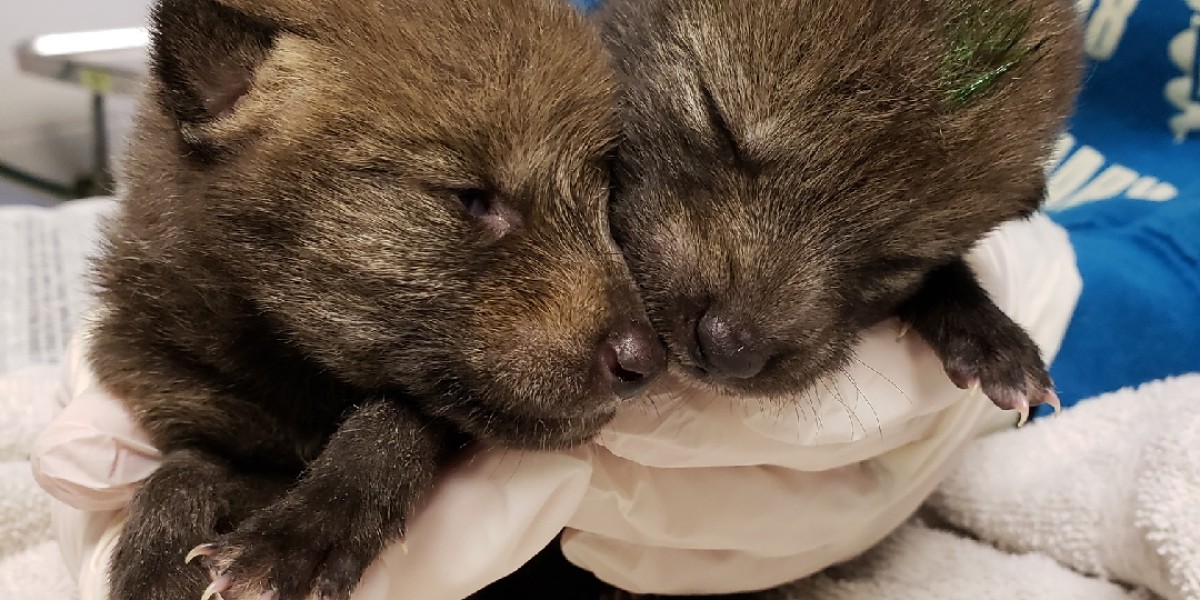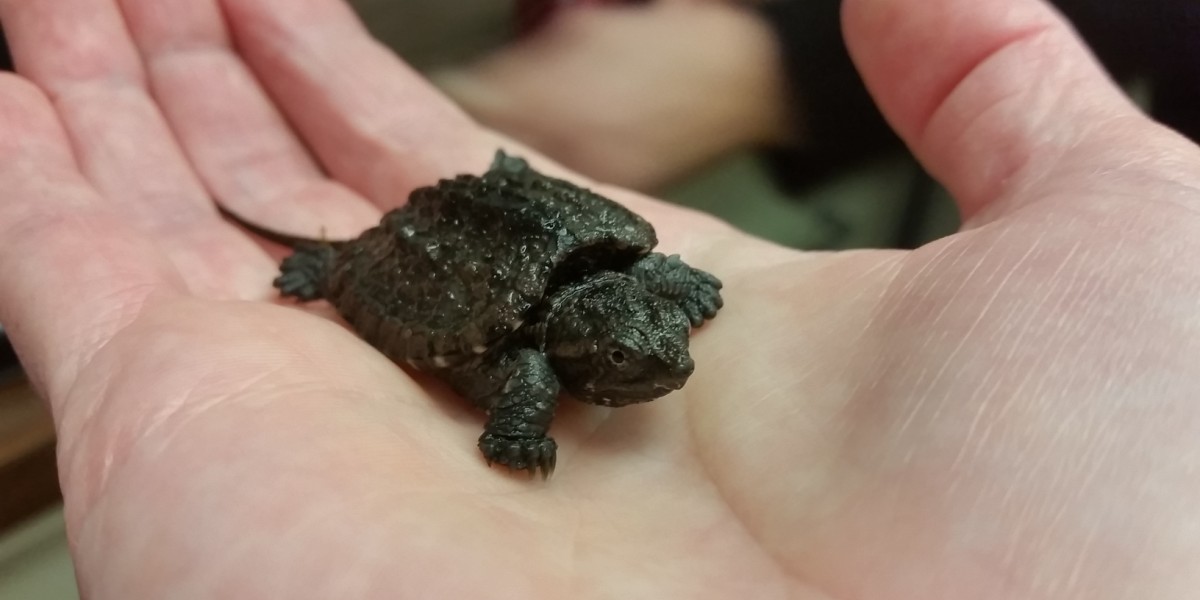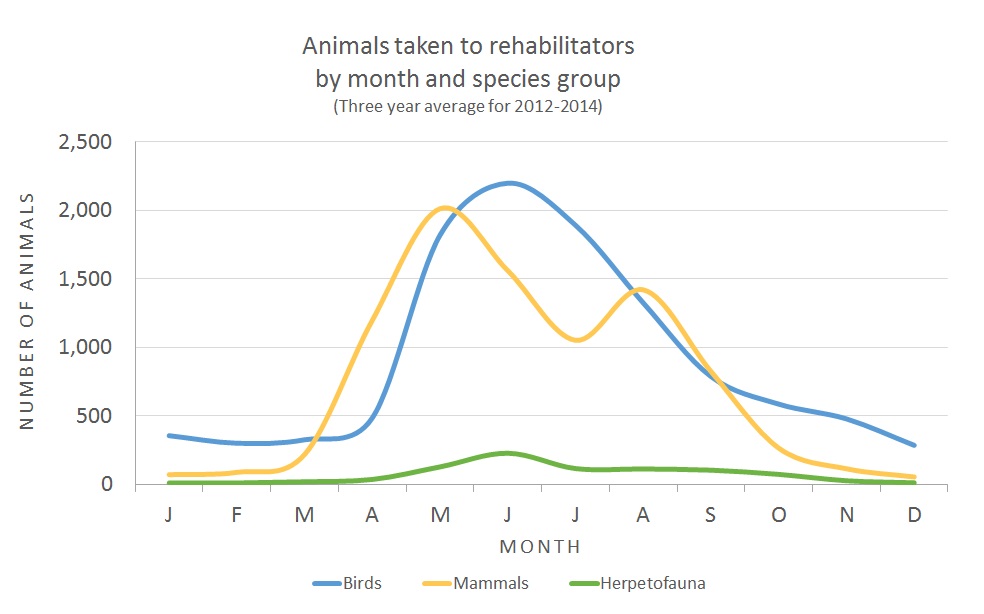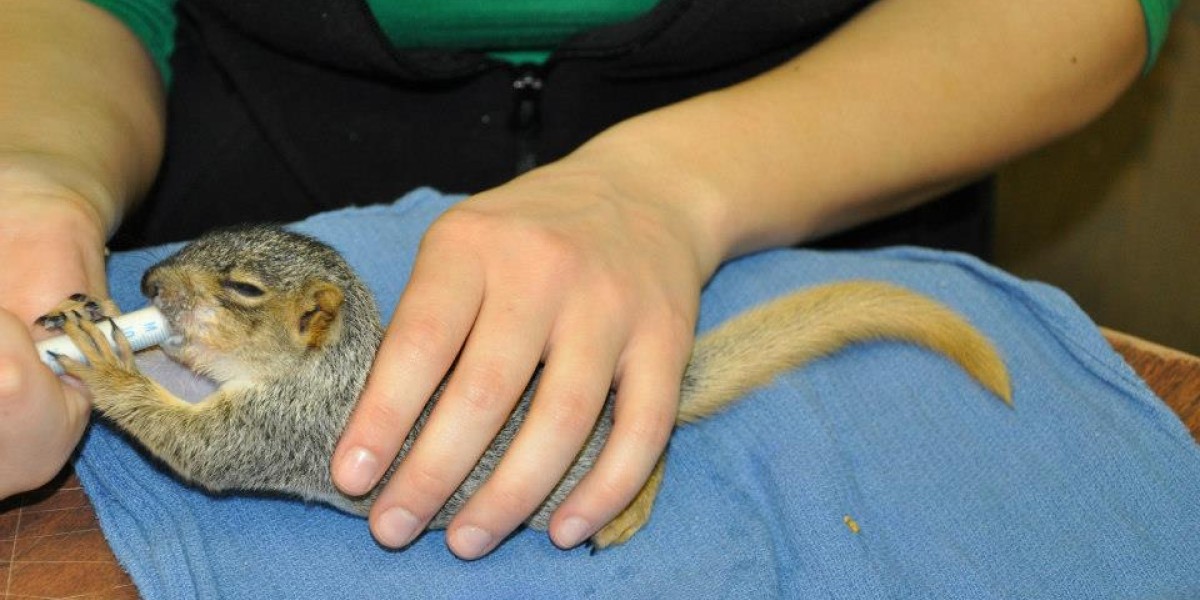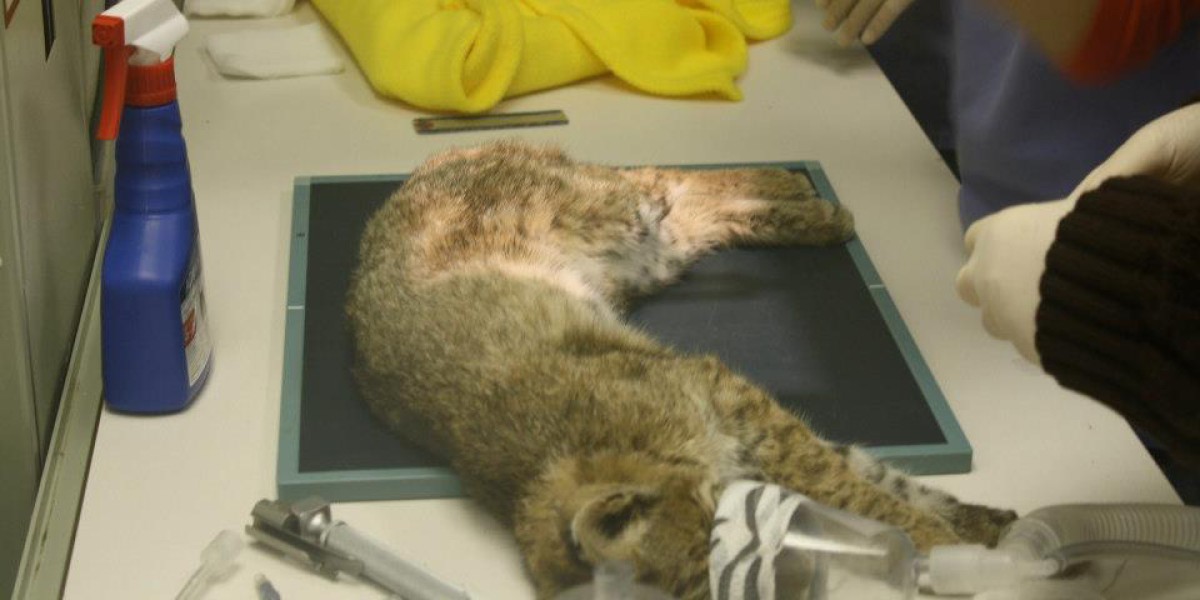What is a wildlife rehabilitator? In New York, a rehabber is someone with a state permit to care for sick, injured, orphaned, or displaced wildlife "with the goal of releasing a physically and psychologically healthy animal back into the wild" (New York State Wildlife Rehabilitation Study Guide 2013). Wildlife rehabilitators see a wide range of animal species that all have different care needs, from tiny opossums to deer fawns and young bears, from baby birds that need to eat every 15 minutes to turtles that don't get fed every day. Sounds easy right? It's not always the case, but it is rewarding to be able to release a wild animal back to its natural habitat to thrive.
An exam is required to get a rehabilitator license from the New York State DEC, and additional USFWS federal permits are required for migratory birds and endangered species. For handling some species that have a high risk of rabies, rehabilitators must go through additional training before getting a specialized permit. Rehabilitators report all of their cases to the state every year, including the species, causes of distress and disposition.
The CWHL has organized and analyzed 3 years of rehabilitator data (almost 60,000 cases) and is working on an online system that would make this an easier task. With over 400 active wildlife rehabilitators handling almost 20,000 animals each year, the information they provide gives us a great window into the state of wildlife health in New York.
Most rehabbers are small privately funded operations that will take in between 1 and 25 animals, with a few large centers handling about 40% of the cases. The majority of animals they see have traumatic injuries (37%) or are orphaned animals (36%), and spring and summer bring the highest number of cases. Many are injured by human or pet related activities. Over a 3 year period, rehabbers reported that cats caused serious harm to over 4000 songbirds and small mammals (eastern cottontail rabbits in particular) while about 1000 animals were exposed to toxins. About half of turtles are injured by cars.
Because of the high standards of health needed for survival and the severity of some injuries, only about half of all the cases taken in by rehabilitators survive and are released back into the wild. A very small number that can’t be released due to their injuries may live out their natural lives as education animals. Educational animals introduce people of all ages to species they may never see up close. The opportunity to learn about the animal's habitat, life cycle, feeding practices, and behavior helps spark interest in natural and wildlife fields - becoming a new generation of wildlife biologists, veterinarians, conservationists, ecologists, and rehabilitators.
Need to locate a wildlife rehabilitator in your area? NYS Wildlife Rehabilitators





